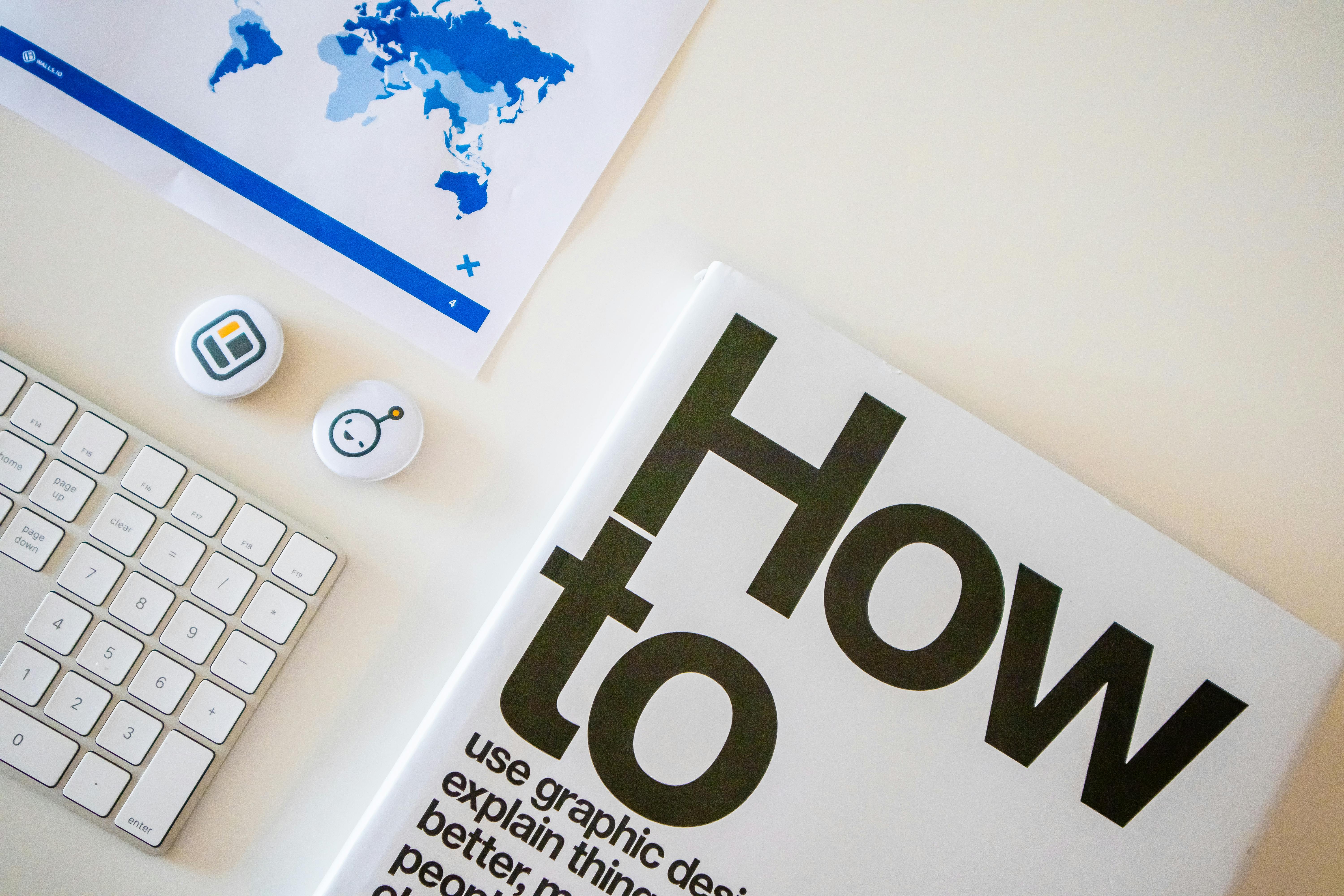The digital magazine landscape has changed dramatically in recent years, offering opportunities for passionate creators and brands to launch successful niche publications. At 3D Issue, we’ve worked with a wide range of publishers—large and small—so we know that carving out your own space in a specific niche is both an art and a science. Below, we break down a honest, actionable roadmap for turning your vision into a thriving digital magazine, with hard-won advice from the frontlines of digital publishing.

Step 1: Define Your Niche and Your Audience
No one can be everything to everyone—so don’t try! Some of the most engaging digital magazines thrive by drilling deep rather than wide. Get laser-focused on a topic or community you can serve better than anyone else. Whether it’s urban beekeeping, luxury hi-fi, or emerging African art, success starts with specificity.
- Zero in: Spend time on social platforms, forums, and research groups to understand what excites your niche.
- Personas & Pain Points: Create 2–3 audience personas. List demographics, habits, needs, and what keeps them up at night.
- Validate: Engage with your potential readers. Run polls, join groups, or even host a small webinar to see what content sparks discussion.
Step 2: Set Clear Goals for Your Digital Magazine
Vision is inspiring, but measurable goals provide direction. What would success look like for your magazine in six months or a year?
- Are you aiming to build authority? Drive email subscriptions? Establish a content hub for your brand or organization?
- Plan initial KPIs (Key Performance Indicators) such as number of subscribers, engagement rates, or partnership acquisitions.
- Schedule regular reviews—monthly or quarterly—to recalibrate based on real insights rather than gut feeling.

Step 3: Build a Robust Content Strategy
Before you dive into design tools and platforms, invest real energy into outlining your editorial vision. Your content is your product.
- Editorial Calendar: Map out content pillars—recurring themes or sections that become your signature (e.g., interviews, industry trends, practical guides).
- Workflow: Plan who does what—whether you’re a solo act, a small team, or working with freelancers.
- Voice & Guidelines: Establish a simple editorial style guide early. Consistency builds trust with your readers.
- Frequency: Decide issue cadence—monthly, quarterly, or a rolling, blog-style hub. Be realistic about your bandwidth.
Step 4: Assemble Your Digital Magazine Dream Team (or Fly Solo, Smartly)
Great magazines are rarely solo efforts forever. Even as a founder, you’ll eventually want to lean on others for writing, design, production, and marketing.
- Writers/Editors: Seek contributors who live and breathe the niche—expertise beats generic content every time.
- Designers: A designer (or design-savvy editor) is essential for visual identity and engaging layouts that don’t look like flat PDFs.
- Production: Someone with an eye for detail to upload, tag, and schedule issues.
- If you’re a one-person powerhouse, codeless drag-and-drop platforms (like Experios) let you handle it all without technical headaches.

Step 5: Choose the Right Digital Publishing Platform
Your platform determines not just what your magazine looks like, but how your audience interacts with it and how efficiently your team works. There are three major considerations:
- Mobile Responsiveness: Over 60% of readers now access magazines on their phone or tablet. Choose a platform that’s made for multi-screen (not just shrunk-down desktop).
- Accessibility & Reach: Demand WCAG-compliant outputs—true accessibility means opening your publication to everyone, everywhere.
- Interactive Features: Interactivity is no longer optional. Look for drag-and-drop tools to add video, galleries, audio, live links, and calls to action without code.
We built Experios and Flipbooks to bridge the print-digital gap, letting you create immersive, mobile-first magazines that can scale with any size team.
Step 6: Produce Content That Punches Above Its Weight
In the niche world, value trumps volume. Don’t chase viral trends—solve your audience’s real-world needs with depth and authenticity.
- Mix formats—interviews, practical guides, opinion pieces, news roundups.
- Source expert voices. Even one well-placed contributor can elevate an entire issue.
- Embrace multimedia—embed video walkthroughs, audio tips, or dynamic infographics to stand out.
- Fact check. Trust is everything in niche media.

Step 7: Design for Delight and Deep Engagement
Your magazine’s look and feel is the handshake that decides if readers stick around or click away. We can’t overstate the impact of thoughtful, responsive design.
- Unified Design Systems: Lock down your color palette, typography, logo use, and content cards for visual consistency.
- Easy Navigation: Use sticky menus, clear sectioning, and robust search for great usability.
- Interactivity: Add clickable contents, quizzes, embedded video, rich media galleries, and live web links to encourage exploration.
- Test all layouts on all devices. Nothing kills engagement faster than clunky mobile experiences!
Step 8: Launch and Promote Your Digital Magazine
It’s tempting to hit publish, toss a link on social, and call it done—but smart promotion is where niche magazines actually break through.
- Email Capture: Embed lead forms directly in your magazine to build your list fast and deliver the new issue direct to inboxes.
- Teasers & Previews: Distribute snippets or micro-content to forums, subreddits, and online communities relevant to your topic.
- Partnerships: Collaborate with adjacent creators, brands, or influencers who already serve your audience.
- SEO: Use proper metadata, alt text on images, and keyword-rich headlines. Modern magazine platforms like Experios include built-in SEO tools to keep Google happy.

Step 9: Analyze Results and Iterate Relentlessly
What you measure, improves. Using the analytics baked into your publication platform, track real reader behaviors—not just vanity stats like raw visits.
- Key Metrics: Time spent on page, click-through rates, engagement on interactive features, subscription growth.
- Content Themes: Note which articles or sections get the most traction, and adapt your editorial priorities accordingly.
- Feedback Loops: Don’t just look at the numbers—solicit direct reader feedback with surveys or community Q&As.
- Assume nothing is sacred! Top publishers review and revise their strategy every 6–12 months.
Step 10: Evolve with Your Audience and Technology
Niches change. Tech evolves. New competitors emerge. The beauty of building digitally is your ability to adapt in real time. Stay connected to your community, keep an experimental spirit, and don’t be afraid to pivot as interests shift or as new features, like AI-powered content extraction, become available.
Your Next Steps
Launching a niche digital magazine is one of the most rewarding ways to build community, grow influence, or drive brand loyalty. You’ll make mistakes—that’s natural. But by following a step-by-step approach and using the right tools, you put yourself in the best position to succeed.
If you’re ready to see how a platform built for publishers can convert your PDF ideas or blank slate into a beautiful, engaging digital magazine, give Flipbooks a try or explore Experios. Both are designed—by real publishers, for real publishers—to help you move from concept to click, faster.
Want to see what’s possible? View real digital magazine examples built with our platform.







